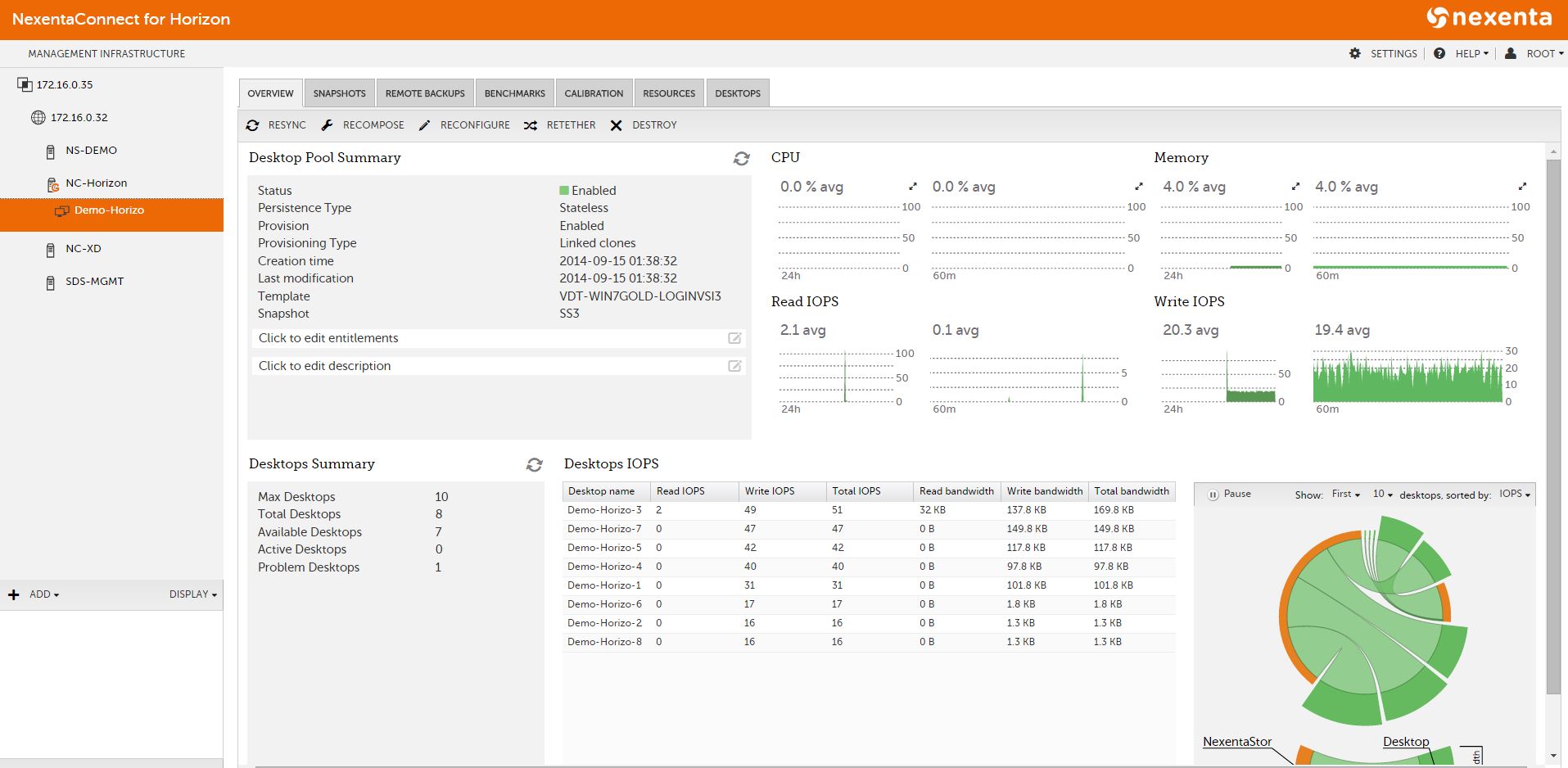By Michael Letschin, Director, Product Management, Solutions, Nexenta
In today’s global economy and 24/7 news culture, word of health risks spread faster than ever before. If a child is diagnosed with a rare disease in Asia at 10 AM, it could be sent to the US Center for Disease Control and reported on US news outlets in time for the 11 o’clock news (a 2 hour time lapse). But, that’s even slow compared to how quickly it could spread through social media. This is not to say that health concerns are sensationalized or should not be treated with the utmost urgency and concern.
The scare over Ebola has shed new light on how quickly news and information flows around the globe. It also showcases how quickly NGOs (non-governmental organizations) can be spun up around an issue. A quick search on the USAid web site lists 60 NGOs responding to the Ebola crisis. These organizations range from religious groups to relief groups to groups dedicated to specific continents. Some of which are smaller organizations, scarcely known of, like BRAC (creating ecosystems in 11 countries in which the poor have the chance to seize control of their own lives), while others are some of the largest organizations in the world, like the Red Cross. One thing that ties all of these groups together is their need to keep up-to-date on news and information, which is highly dependent on technology. It’s these same technology networks that spread panic and concern via the news and social media, that also transport critical, life-saving information to these organizations in need.
The worldwide growth of this need-to-know data is exponential. Some Gartner reports have shown that enterprise data is growing at rates of 40-60% year over year. If enterprises are growing this fast, you can only imagine the growth rate of data collection during a health crisis. This explosion of data is also what drives innovation, enabling organizations to move away from legacy systems that slow down data accessibility.
A key innovation in the effort to easily track the spread of disease is the Software-Defined Data Center (SDDC). The SDDC changes the game by providing software based solutions where any hardware can be repurposed for various purposes. In the time of a crisis, these Software-Defined solutions will ensure your data includes the most up-to-date trends for the next airborne illness.
While server virtualization has made a huge impact by enabling compute power to live in the data center, storage has previously lagged behind. Now, Software-Defined Storage, a robust scalable storage solution, is being deployed on any existing hardware allowing organizations to rapidly analyze complex issues. For instance:
Imagine being a researcher or doctor in a remote location. You have critical information that could show trends of treatment practices, but you have no place to store all the millions of data points that have been collected on paper. You also have no way to get or install traditional legacy limited hardware solutions, nor a place to power and store such solutions. The easy answer is to use the existing industry standard hardware and deploy a software solution. I am in no way saying that the Software-Defined movement is going to save the world in a health crisis, but I only hope that the NGOs and world leaders see that Software-Defined technology can lead to a more cost-effective and faster time to market. And hopefully time to cure.
To hear more about the benefits of Software-Defined Data Centers and Storage easing health crises, please join Forrester, VM Racks and Nexenta on 12/16 at 8am PT. Click here to register for this webinar.

